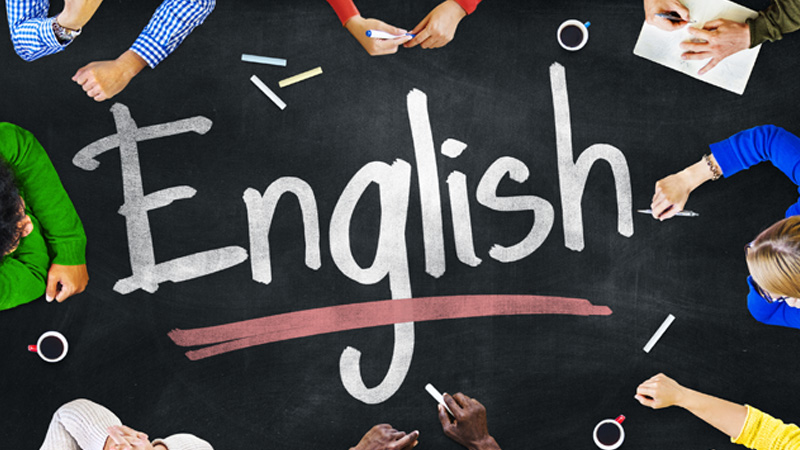
- Teacher: Anta Afsana
There is no content in this section.
To add content, click on the above link ‘Edit course text’
Drafting is a science and can be acquired only by long practice. In simple terms, drafting refers to the act of writing legal documents. The key feature of drafting is that it presents a brief knowledge about the significant facts of the situation or issue. Drafting demands a lot of skills combined with patience from the advocates. A properly drafted document aims at accuracy and truth. There are various units within the legal drafting course with the core basis on online lessons and discussions with tutors as well as reading and listening exercises. Throughout the legal drafting course, there will be written and verbal assignments to assess the depth of knowledge and understanding of the course. This will help students to expand their abilities and move to the next level within the legal drafting course.
Welcome to CE 402: Industrial Training. This course is designed to introduce you to industrial experience related to various fields of Civil Engineering.
Everything that relates to our society is governed by laws and business is no exception. Business law refers to the laws that apply to business entities, such as partnerships and corporations. In another sense, business law or commercial law is simply a body of law that governs every aspect with regards to conducting business. This covers but not limited to the commerce of the sea, transportation of goods, guarantees, marine life, and natural disasters pertaining to the economic status and business relations, life of the people concerned, employment, intellectual property, insurances, and conformities of partnerships.